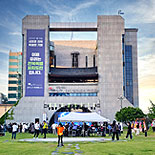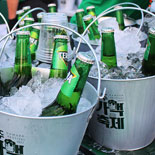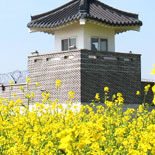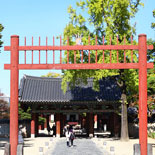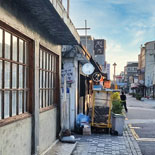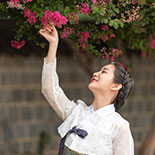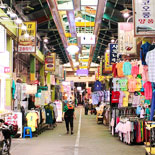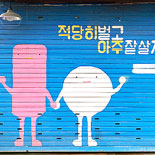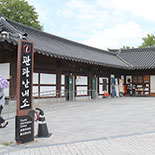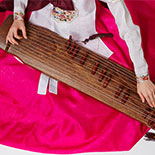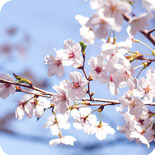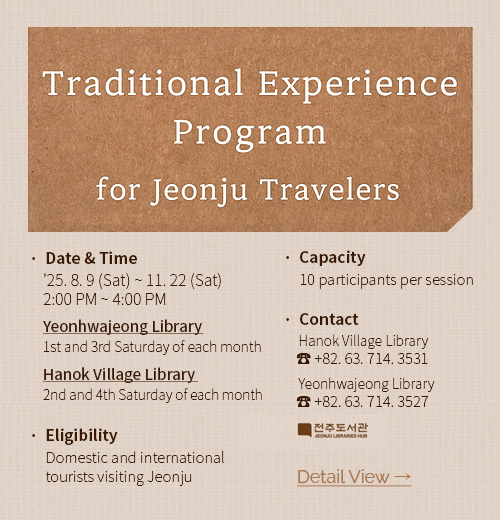Main banner
YOUR TASTE JEONJU · VISIT JEONJU ·
YOUR TASTE JEONJU · VISIT JEONJU ·
YOUR TASTE JEONJU · VISIT JEONJU ·
YOUR TASTE JEONJU · VISIT JEONJU ·
Travel Trends🔥
Latest👀 Performances/Exhibitions
-
Performance
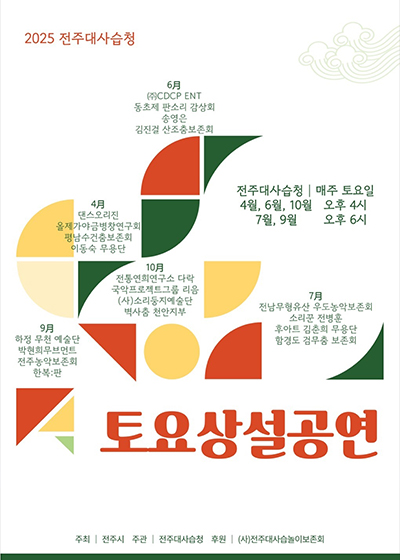
2025 Weekly Saturday Performances at Jeonju Daesaseupcheong 2025-04-05 ~ 2025-10-25 -
Performance
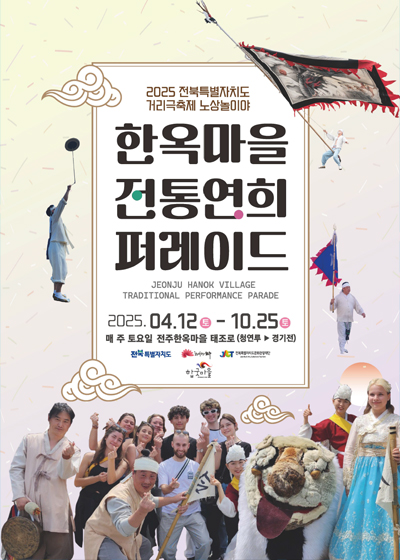
Jeonju Hanok Village Traditional Performance Parade 2025-04-12 ~ 2025-10-25 -
Performance
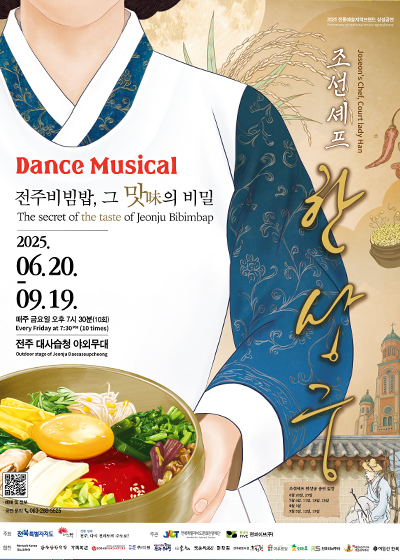
Joseon’s Chef, Court lady Han – The Secret of the Taste of Jeonju Bibimbap 2025-06-20 ~ 2025-09-19 -
Performance
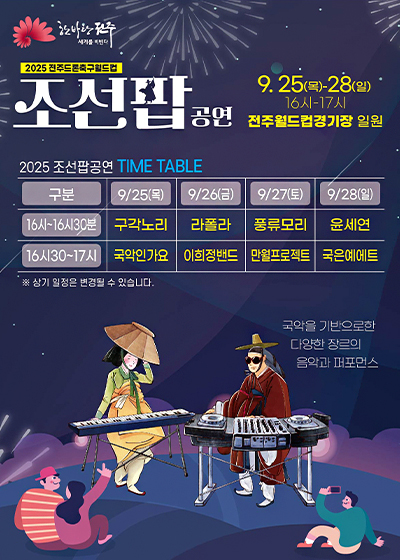
2025 FIDA WORLD CUP JEONJU with Joseon Pop Performances 2025-09-25 ~ 2025-09-28 -
Performance
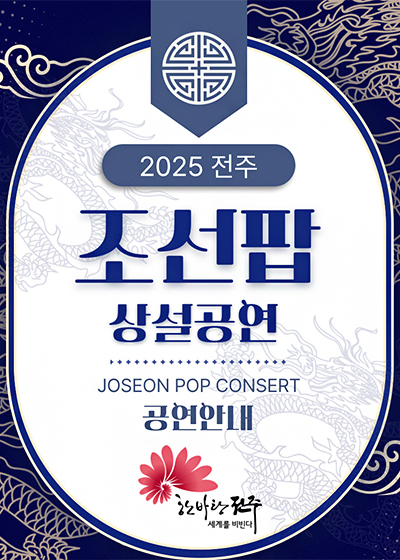
2025 JOSEON POP CONSERT 2025-10-03 ~ 2025-10-18
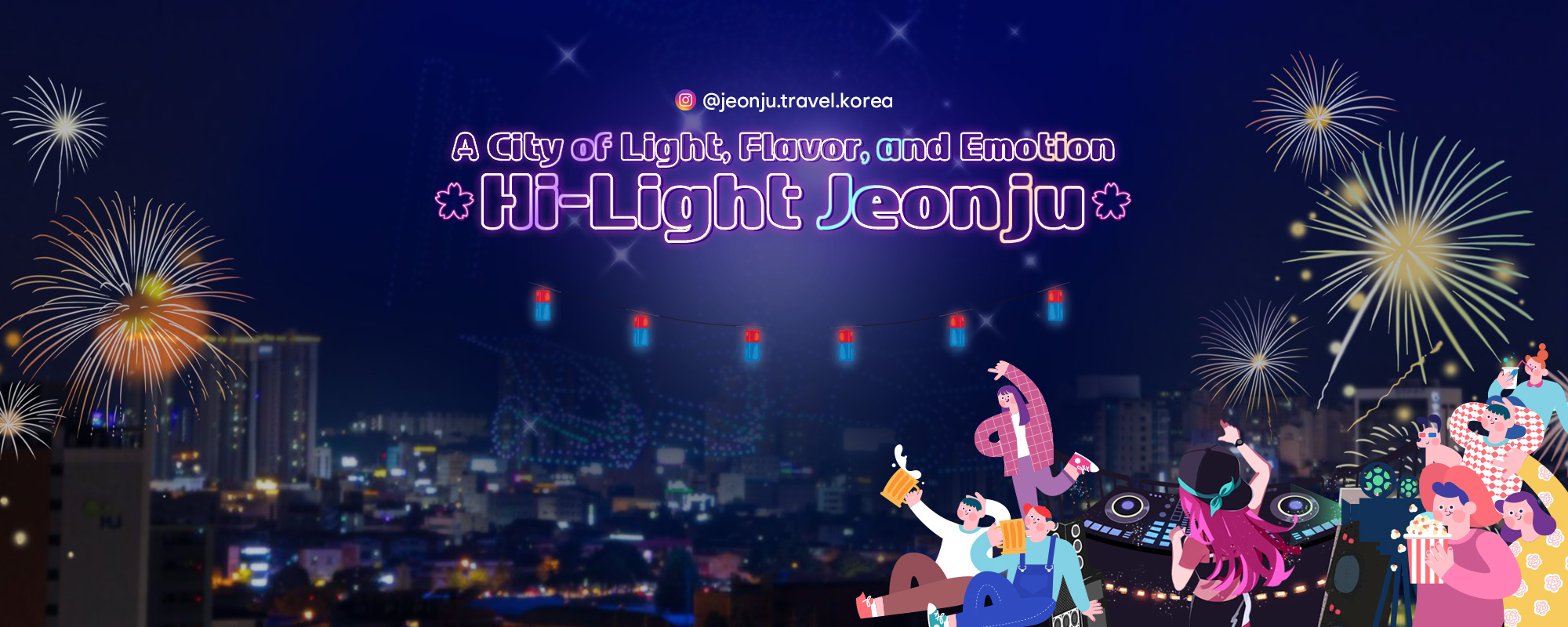
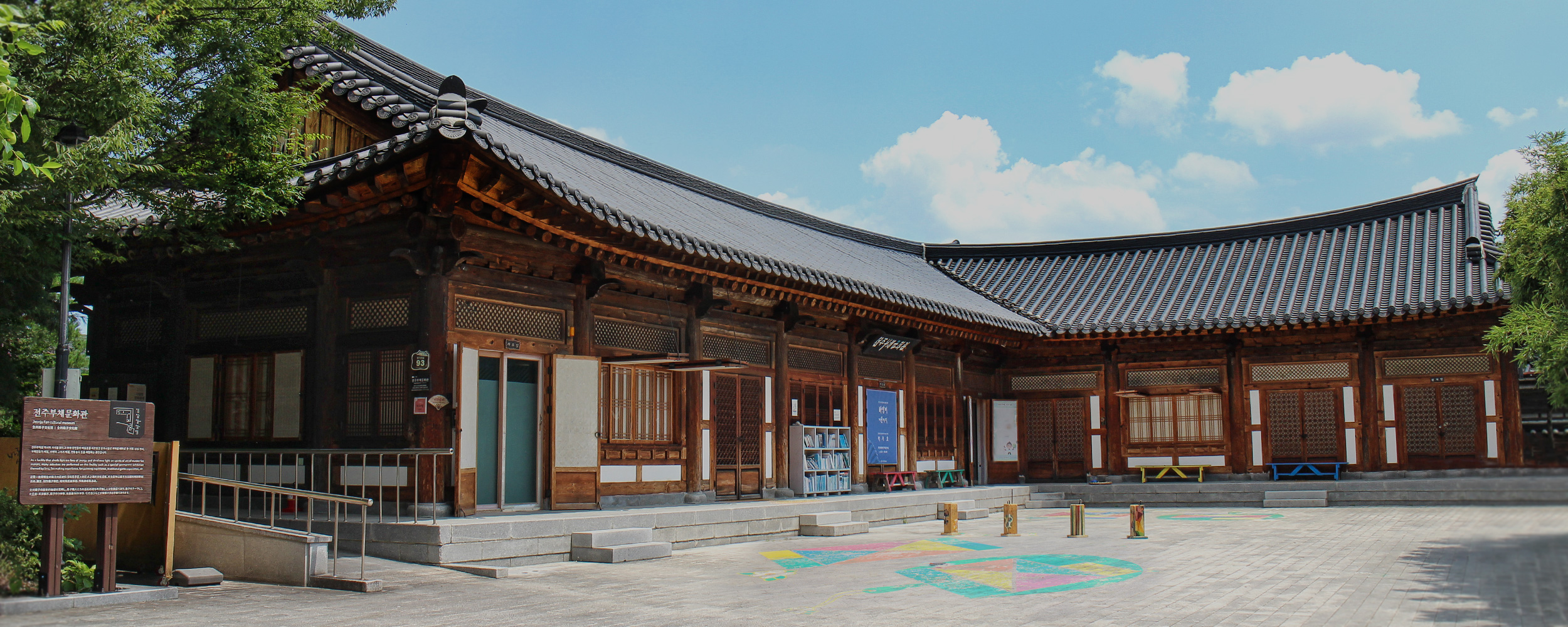

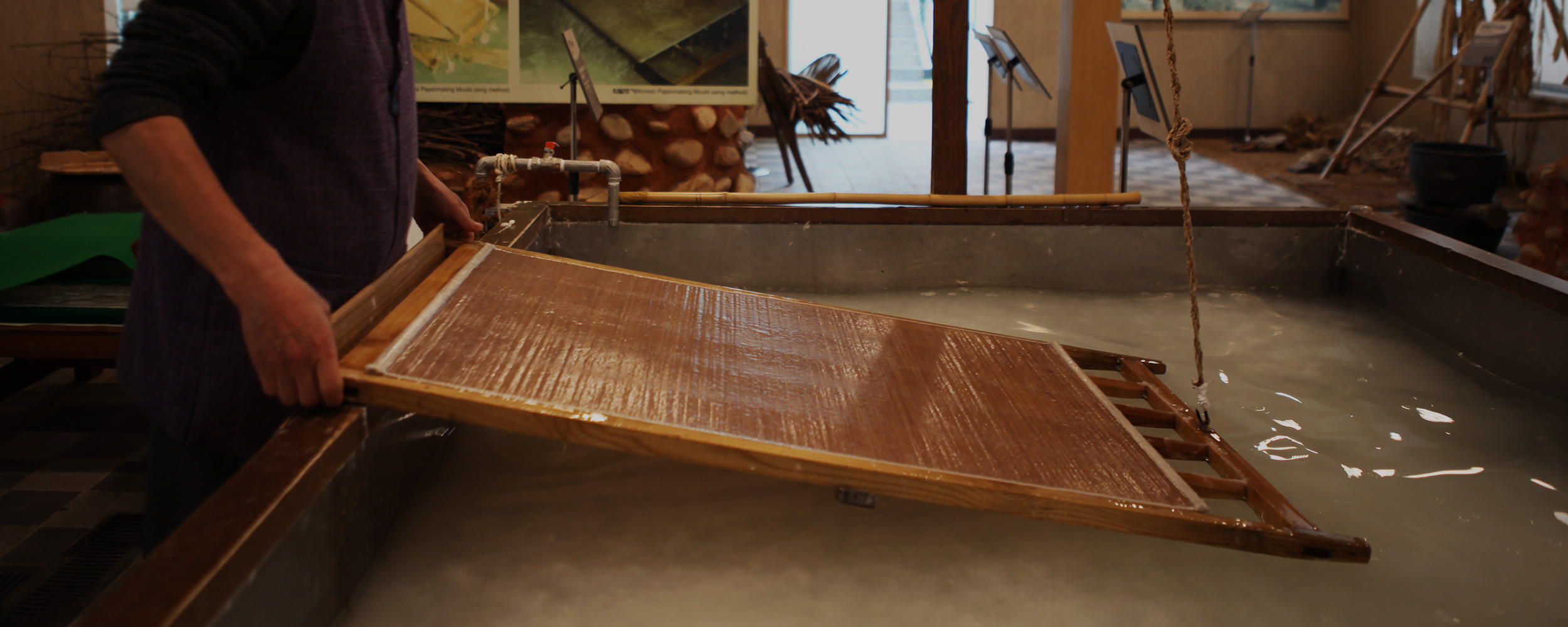
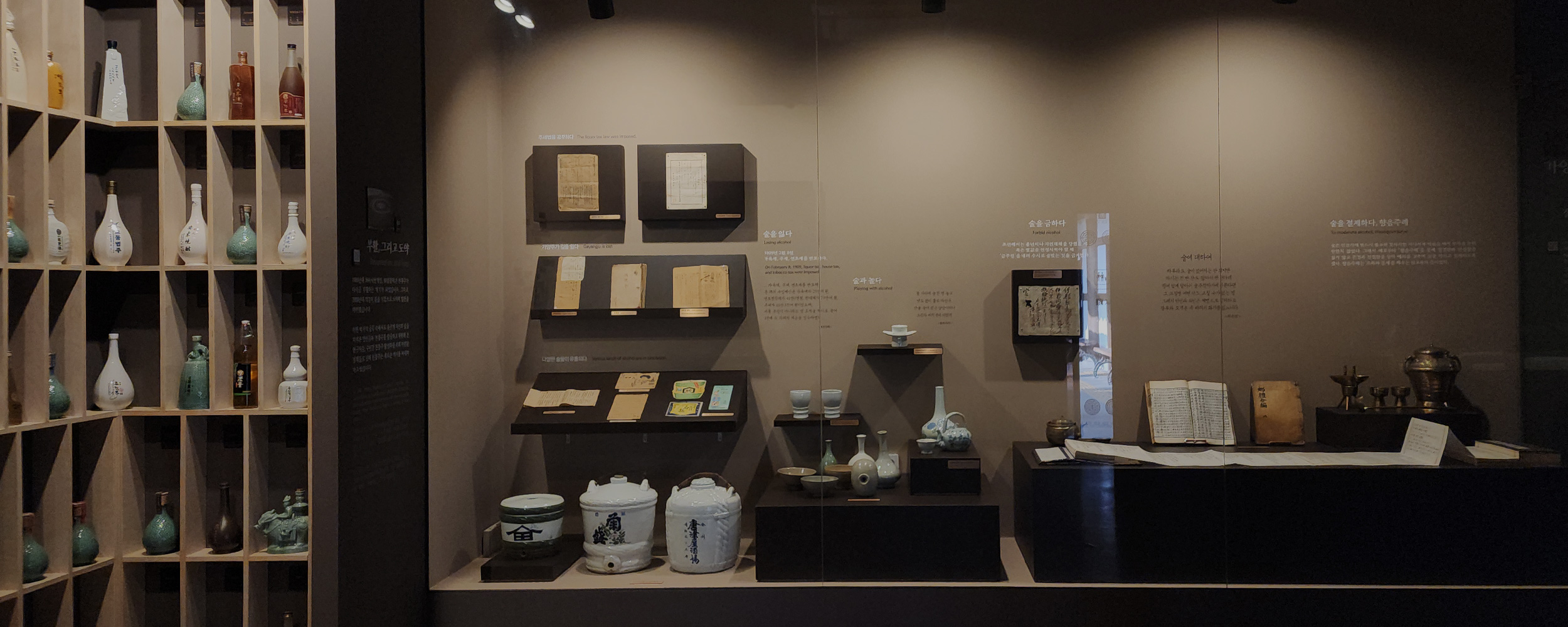
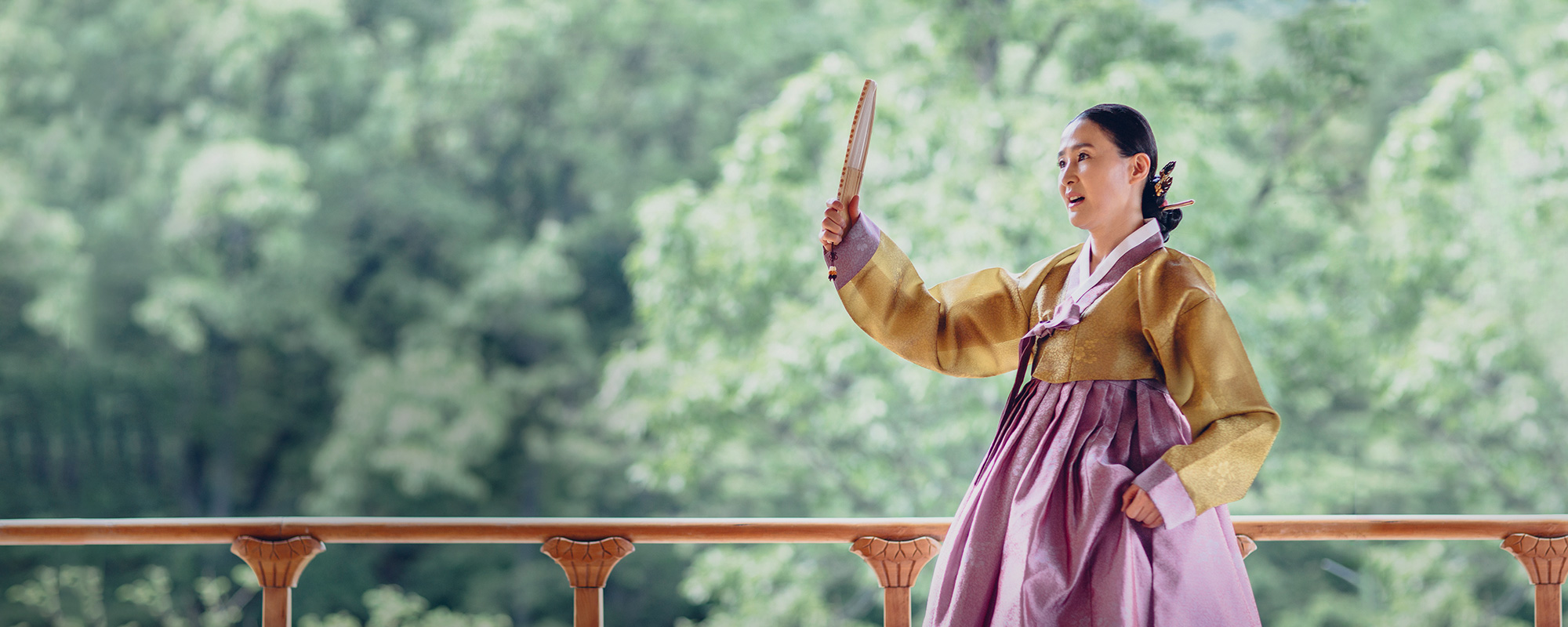
![[2025.09] Hanok Village Sunset Night Tour](/upload_data/board_data/BBS_0000024/175774001820860.jpg)
![[2025.08] 2025 JEONJU INT’L SORI FESTIVAL](/upload_data/board_data/BBS_0000024/175515500358794.jpg)
![[2025.08] 2025 Jeonju Gamaek Festival](/upload_data/board_data/BBS_0000024/175436444873580.jpg)
![[2025.07] Ajung Lake Library](/upload_data/board_data/BBS_0000024/175282843197130.jpg)
![[2025.07] Night Tour, Delicious Late-Night Cinema in Jeonju](/upload_data/board_data/BBS_0000024/175150214389843.jpg)
![[2025.06] Jeonju International Picture Book Fair](/upload_data/board_data/BBS_0000024/175023867348990.jpg)
![[2025.09] Jeonju Festival Road](/upload_data/board_data/BBS_0000025/175698077605163.jpg)
![[2025.08] Jeonju at Night, Brighter Than the Day](/upload_data/board_data/BBS_0000025/175585556656037.jpg)
![[2025.07] Enjoying a Smart Gamaek Tour in Jeonju](/upload_data/board_data/BBS_0000025/175375592195252.jpg)
